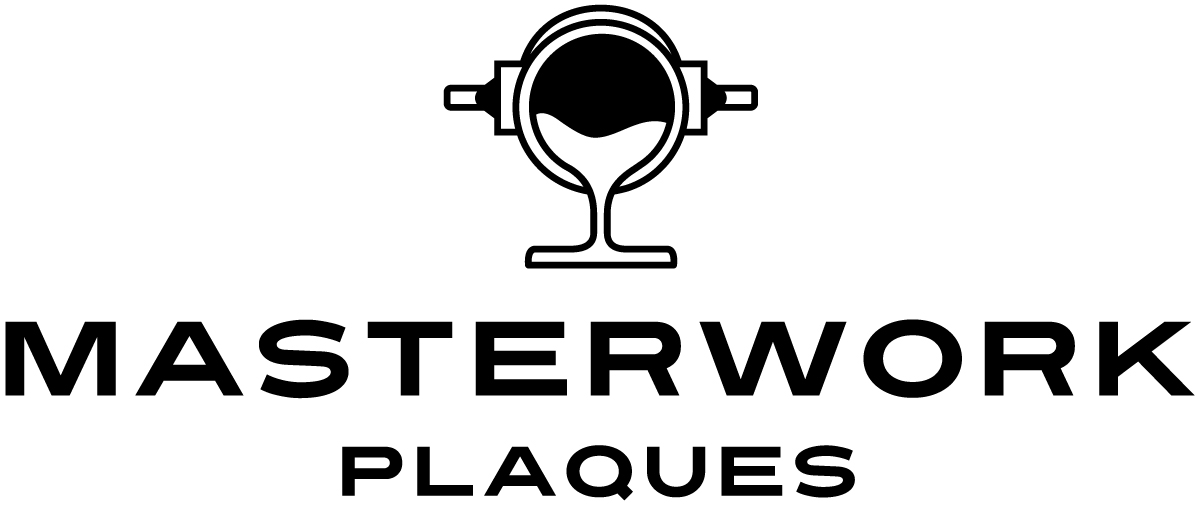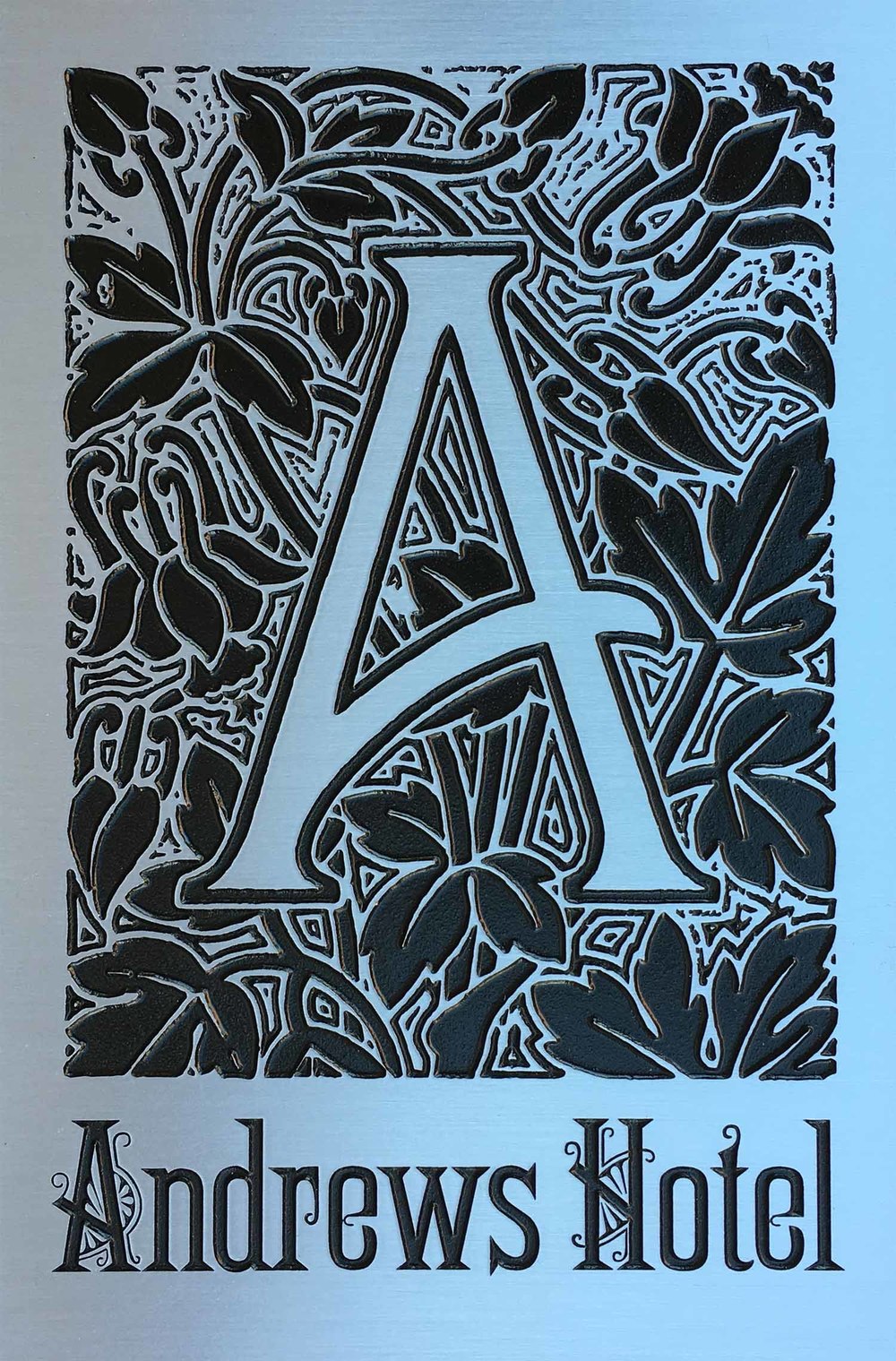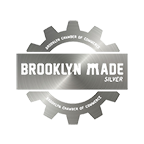What fonts can be used on a cast bronze plaque?
Fonts are great tools for setting the tone of your cast bronze plaque. When the designers here at Masterwork Plaques create a custom layout for your plaque, we think about the content of the piece, the client’s aesthetic, the intention of the plaque, where it will be installed, and who will see the plaque on a day-to-day basis. Typically our designers think about fonts in three main categories: serifs, sans serifs and scripts.

Serif fonts typically have the most traditional look. The word “serif” is defined as "small decorative lines added as an embellishment on the basic form of a letter". Classic examples of a serif font are Times Roman, Garamond and the font "Cochin" as shown above. These fonts are very well suited for commemorative plaques and dedication plaques as they have a more distinguished feel and look.
Sans serif fonts have a more modern aesthetic. The most classic examples of sans serif fonts are Arial (shown above) and Helvetica. These fonts do not have decorative embellishments on each letter; instead, they have a clean and simple shape. Sans serif fonts are perfect for signage as they are easy to read from a distance. They are also excellent choices for regulation plaques and property management plaques.
Script fonts are based on handwritten cursive, but are typically more elegant and calligraphic. Script fonts can be either formal or informal depending on their use. While our designers typically use scripts less often than serif and sans serif fonts, they can be the perfect choice for a formal bronze plaque or a plaque created for personal use.








